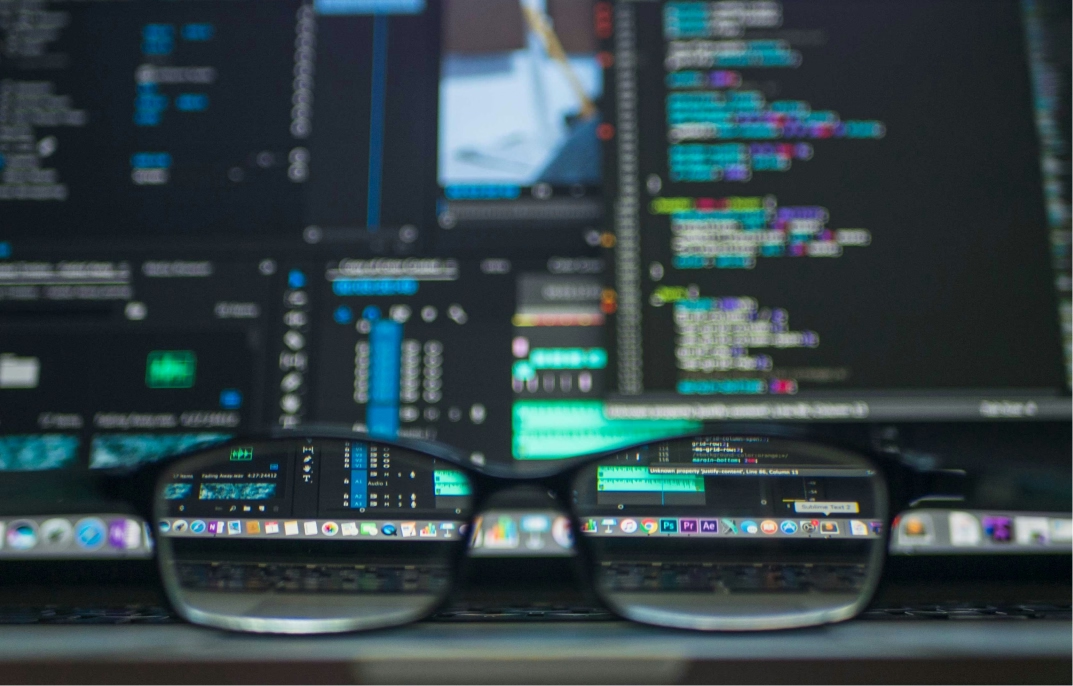Telemedicine, once a nascent field, has grown exponentially in recent years, driven by advances in digital technology and an urgent need to provide healthcare services remotely. The COVID-19 pandemic acted as a catalyst, pushing healthcare providers and patients alike to embrace remote consultations, diagnosis, and treatment. In this context, Artificial Intelligence (AI) and the Internet of Things (IoT) have emerged as game-changing technologies, enhancing the reach, efficiency, and effectiveness of telemedicine.
This article explores how AI and IoT are transforming telemedicine, creating more personalized, efficient, and accessible healthcare for patients globally, and what the future holds for these technologies.
%20(1).avif)
1. The Role of Telemedicine in Modern Healthcare
Telemedicine refers to the delivery of healthcare services through telecommunications technology, allowing patients to consult with healthcare professionals from a distance. It encompasses everything from virtual consultations and remote diagnostics to real-time monitoring and medical education.
Benefits of Telemedicine
- Increased Accessibility: Telemedicine has removed geographical barriers, making healthcare accessible to people in remote areas who might not have access to quality medical care.
- Convenience: Patients can receive healthcare services from the comfort of their homes, reducing the need for travel and waiting times in clinics.
- Cost-Efficiency: By minimizing the need for physical infrastructure and enabling early diagnosis and treatment, telemedicine reduces healthcare costs for both patients and providers.
However, as telemedicine evolves, AI and IoT are pushing its potential even further, offering more advanced diagnostic capabilities, predictive insights, and continuous patient monitoring.
2. AI in Telemedicine: Enhancing Diagnostics and Treatment
Artificial Intelligence is playing a pivotal role in revolutionizing telemedicine by enabling faster, more accurate diagnostics, improving patient outcomes, and streamlining operations in healthcare systems. The integration of AI with telemedicine is proving to be a significant advancement in the medical field.
AI-Powered Diagnostics
AI algorithms, particularly those based on machine learning (ML) and deep learning, can analyze vast amounts of medical data, including medical images, lab results, and patient records. These AI systems are increasingly being used to assist doctors in diagnosing diseases, sometimes more accurately than human specialists.
- AI in Radiology: AI systems can analyze medical images such as X-rays, CT scans, and MRIs to detect early signs of diseases like cancer, cardiovascular conditions, or fractures. These AI tools can flag potential anomalies for doctors to investigate further, saving valuable time and potentially improving diagnostic accuracy.
- AI in Dermatology: AI-powered tools can analyze skin lesions or rashes through image recognition, helping to diagnose skin cancers, infections, or allergic reactions remotely.
- Virtual Health Assistants: AI chatbots and virtual assistants are used to gather patient symptoms and history before consultations, guiding patients through initial self-diagnosis and alerting them to seek medical attention when necessary.
Predictive Analytics for Personalized Care
AI is also being leveraged for predictive analytics in telemedicine. By analyzing patient data, AI models can predict potential health risks, recommend personalized treatment plans, and monitor treatment efficacy in real time.
- Chronic Disease Management: AI can analyze data from patients with chronic conditions such as diabetes, hypertension, or heart disease to predict flare-ups or deteriorations in health. Early warning systems can trigger remote interventions before the patient's condition worsens.
- AI in Mental Health: AI tools can analyze patterns in patient behavior, speech, and mood to detect early signs of mental health conditions like depression or anxiety. By doing so, telemedicine platforms can provide timely mental health interventions and personalized therapy options.
Streamlining Operations
In addition to clinical applications, AI is streamlining telemedicine operations by automating administrative tasks, such as appointment scheduling, billing, and electronic health record (EHR) management. This allows healthcare professionals to focus on patient care rather than administrative duties.
3. IoT in Telemedicine: Enabling Remote Monitoring and Real-Time Data
The Internet of Things (IoT) has significantly expanded the capabilities of telemedicine by allowing real-time data collection, continuous patient monitoring, and remote healthcare interventions. IoT devices, such as wearable sensors, connected medical devices, and home monitoring systems, are transforming the way healthcare is delivered.
Remote Patient Monitoring
One of the most impactful applications of IoT in telemedicine is remote patient monitoring (RPM). IoT devices, such as wearables and connected health devices, continuously monitor patients' vital signs, transmitting data to healthcare providers in real time. This enables healthcare professionals to keep track of patients' health without the need for in-person visits.
- Wearable Health Devices: Devices like smartwatches, fitness trackers, and heart monitors track key health metrics such as heart rate, blood pressure, oxygen levels, and sleep patterns. These devices alert healthcare providers if readings fall outside of the normal range, allowing for immediate intervention.
- Connected Medical Devices: Devices such as glucose monitors, blood pressure cuffs, and EKG monitors can be connected to telemedicine platforms, sending real-time data directly to healthcare providers for analysis.
- Post-Surgery and Chronic Care: Patients recovering from surgery or managing chronic conditions can be monitored remotely, reducing the need for frequent follow-up visits. This is especially beneficial for elderly patients or those living in rural areas.
%2520(1).avif)
IoT in Preventative Care
IoT devices are also being used for preventative care by continuously monitoring patients' health and lifestyle choices. For instance, smart devices can track physical activity, sleep patterns, and nutrition, providing patients with personalized health insights and recommendations for preventive care.
- Preventing Hospital Readmissions: By monitoring patients after they are discharged from the hospital, IoT devices can detect early signs of complications or health deterioration. This helps prevent hospital readmissions and reduces the strain on healthcare systems.
- Empowering Patients: IoT devices empower patients to take control of their health by providing them with real-time data and insights into their physical well-being. Patients can track their progress, set health goals, and receive feedback from their healthcare providers remotely.
Enhancing Healthcare for the Elderly
The elderly population, who are more vulnerable to chronic diseases and mobility limitations, are benefiting significantly from IoT-powered telemedicine. Remote monitoring devices can help ensure their safety, detect early signs of illness, and facilitate emergency interventions.
- Fall Detection Systems: IoT sensors placed in homes or worn on the body can detect falls in elderly individuals and alert caregivers or emergency services.
- Smart Pill Dispensers: These devices can remind patients to take their medications on time and track adherence, ensuring that they follow their prescribed treatment plans.

4. The Future of Telemedicine: Combining AI and IoT for Comprehensive Care
While AI and IoT are transforming telemedicine separately, their true potential lies in their integration. Together, they can provide healthcare providers with a more comprehensive understanding of patients' health, enabling better diagnosis, treatment, and monitoring.
AI-Driven Insights from IoT Data
AI can analyze the vast amounts of data collected by IoT devices, identifying patterns and trends that may not be immediately apparent to healthcare providers. By integrating AI with IoT, telemedicine platforms can:
- Detect Early Warning Signs: AI algorithms can analyze real-time IoT data to detect early signs of health deterioration, triggering immediate interventions.
- Enhance Decision-Making: AI can provide healthcare providers with actionable insights based on IoT data, helping them make more informed decisions about diagnosis and treatment.
- Reduce False Alarms: AI can help filter out false alarms from IoT devices, ensuring that healthcare providers only respond to genuine health concerns.

Personalized, Continuous Care
By combining AI's predictive capabilities with IoT's real-time monitoring, telemedicine will move toward personalized, continuous care. Patients will receive tailored treatment plans based on their unique health data, and healthcare providers will have the tools to monitor and adjust treatments in real time.
- Virtual Health Assistants: AI-powered virtual health assistants will analyze IoT data and provide patients with real-time feedback on their health, helping them make healthier choices and stay on track with their treatment plans.
- AI-Enhanced Remote Consultations: During remote consultations, AI can analyze a patient's IoT data to provide healthcare providers with a comprehensive view of the patient's health, enabling more accurate diagnoses and treatment recommendations.
5. Challenges and Considerations for the Future of Telemedicine
Despite the transformative potential of AI and IoT in telemedicine, some challenges and considerations must be addressed to ensure its continued growth and success.
Data Privacy and Security
The increased use of IoT devices and AI algorithms increases the risk of data breaches and cyberattacks. The healthcare industry must prioritize data privacy and security to protect patient information. This includes:
- Encryption of Data: Ensuring that data transmitted between IoT devices and healthcare providers is encrypted to prevent unauthorized access.
- Compliance with Regulations: Adhering to regulations such as HIPAA in the United States and GDPR in Europe to ensure that patient data is handled securely.
Integration and Interoperability
As the number of IoT devices and AI tools grows, ensuring interoperability between different systems will be critical. Healthcare providers must invest in platforms that can integrate various devices and technologies seamlessly.
Access and Equity
While telemedicine offers the potential to improve healthcare access, there is a risk that certain populations, particularly those in underserved or rural areas, may be left behind. Ensuring that telemedicine platforms are affordable and accessible to all will be essential in bridging the digital divide.
AI and IoT are not just enhancing telemedicine; they are reshaping the entire landscape of healthcare delivery, making it more personalized, efficient, and accessible for everyone.

Conclusion
The future of telemedicine is bright, with AI and IoT playing key roles in revolutionizing the way healthcare is delivered. Together, these technologies are enabling faster, more accurate diagnostics, continuous patient monitoring, and personalized care plans, all while making healthcare more accessible and cost-efficient. As healthcare providers continue to embrace these innovations, telemedicine will become an integral part of the global healthcare landscape, transforming patient care for years to come.
Heading 1
Heading 2
Heading 3
Heading 4
Heading 5
Heading 6
Lorem ipsum dolor sit amet, consectetur adipiscing elit, sed do eiusmod tempor incididunt ut labore et dolore magna aliqua. Ut enim ad minim veniam, quis nostrud exercitation ullamco laboris nisi ut aliquip ex ea commodo consequat. Duis aute irure dolor in reprehenderit in voluptate velit esse cillum dolore eu fugiat nulla pariatur.
Block quote
Ordered list
- Item 1
- Item 2
- Item 3
Unordered list
- Item A
- Item B
- Item C
Bold text
Emphasis
Superscript
Subscript








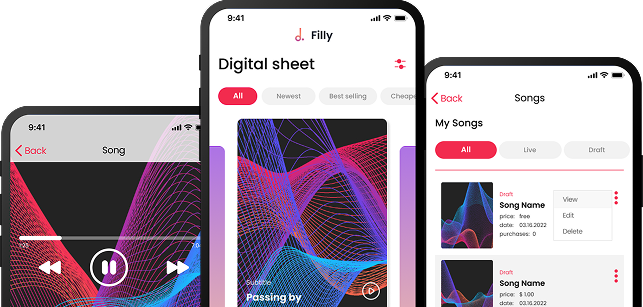

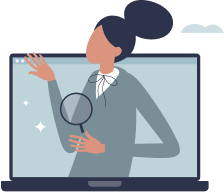
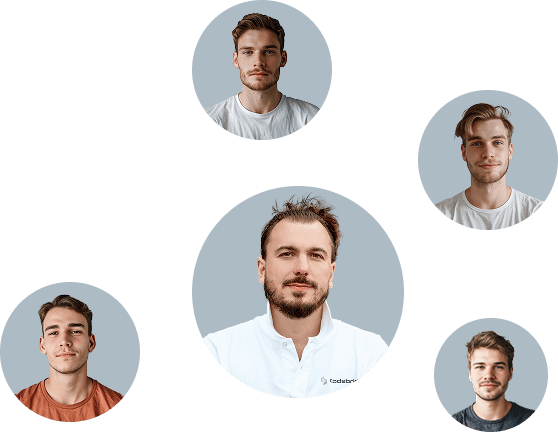






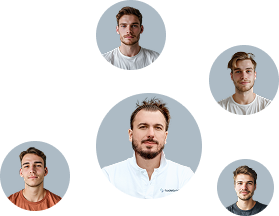

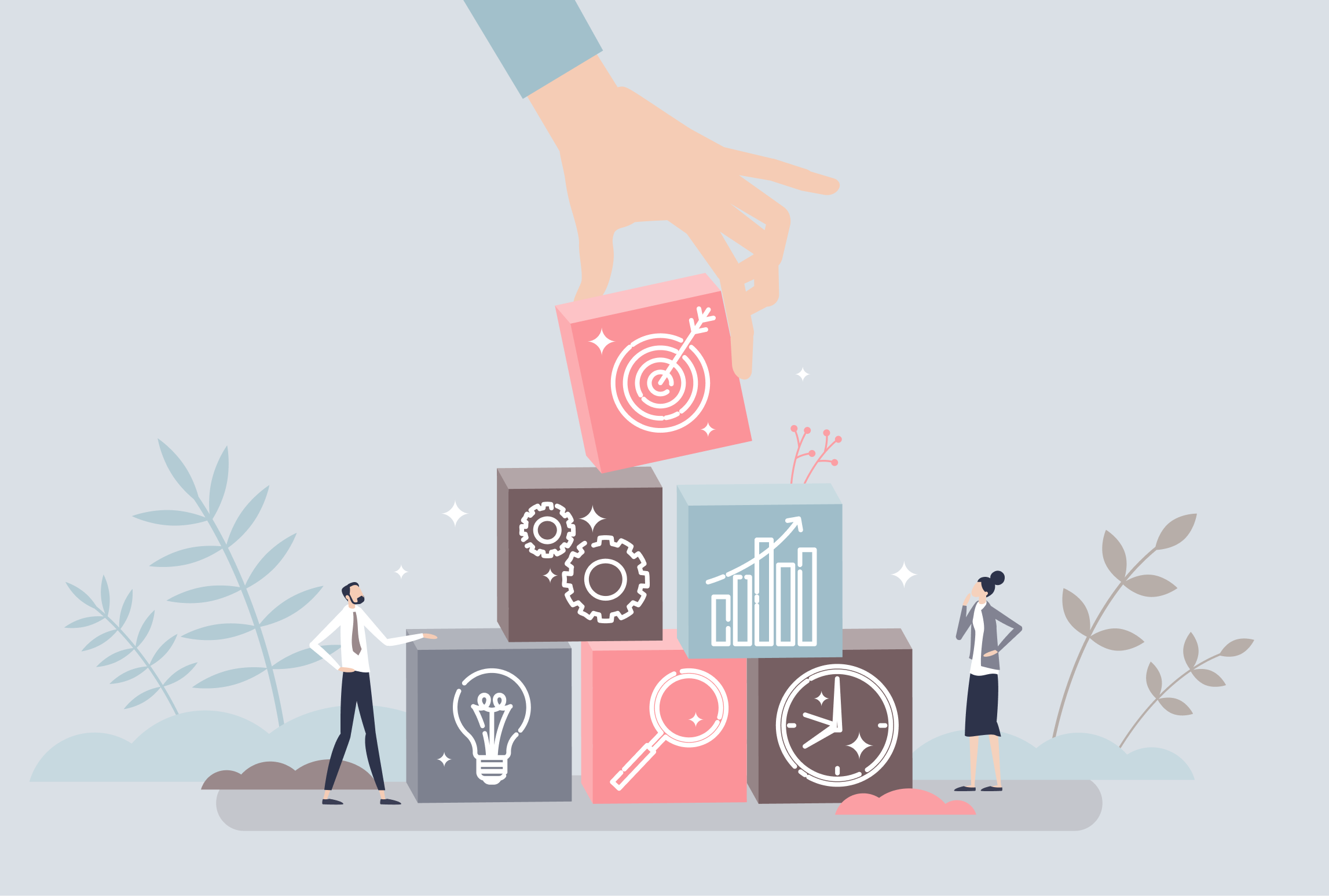
.avif)

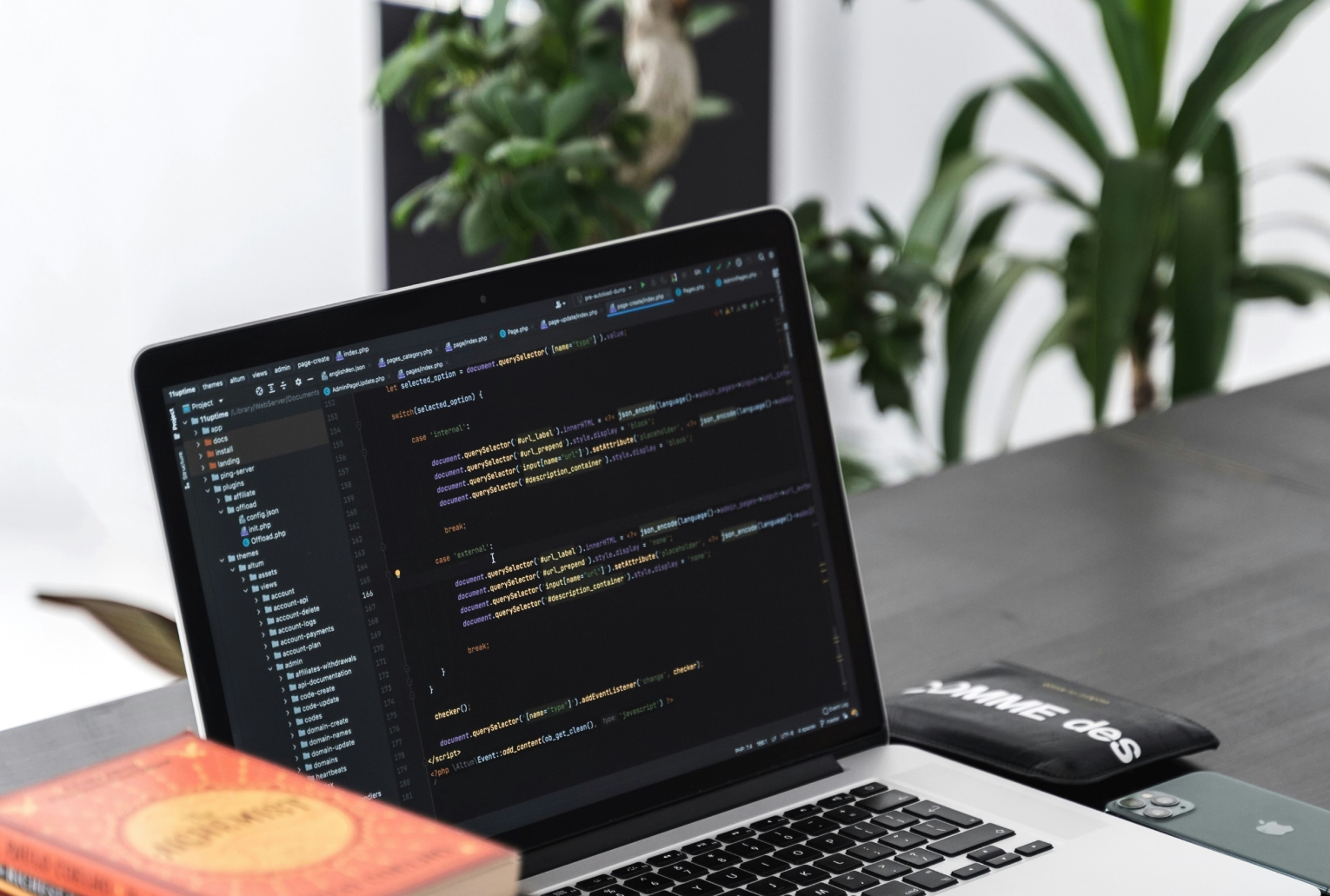
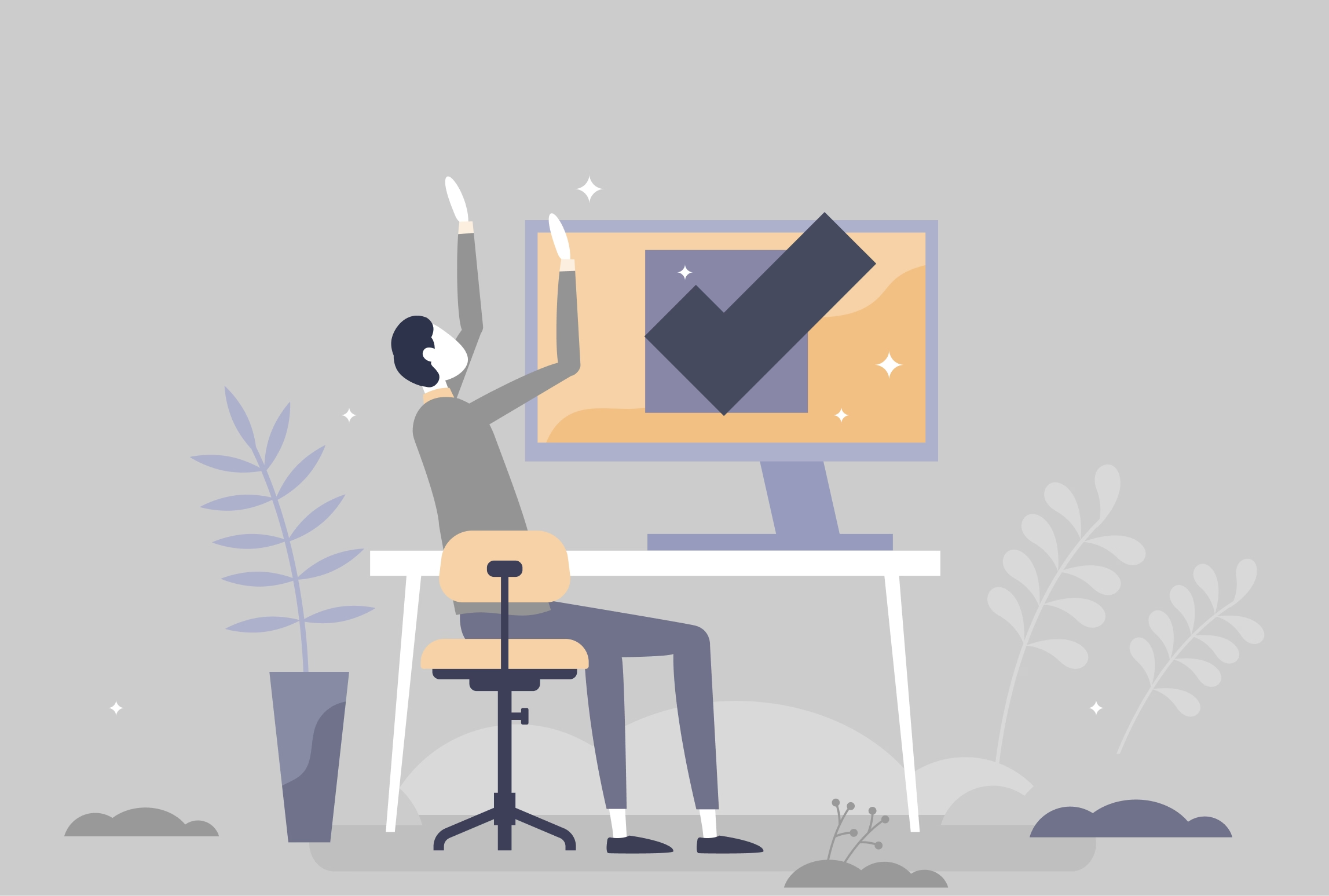
.avif)

.avif)

